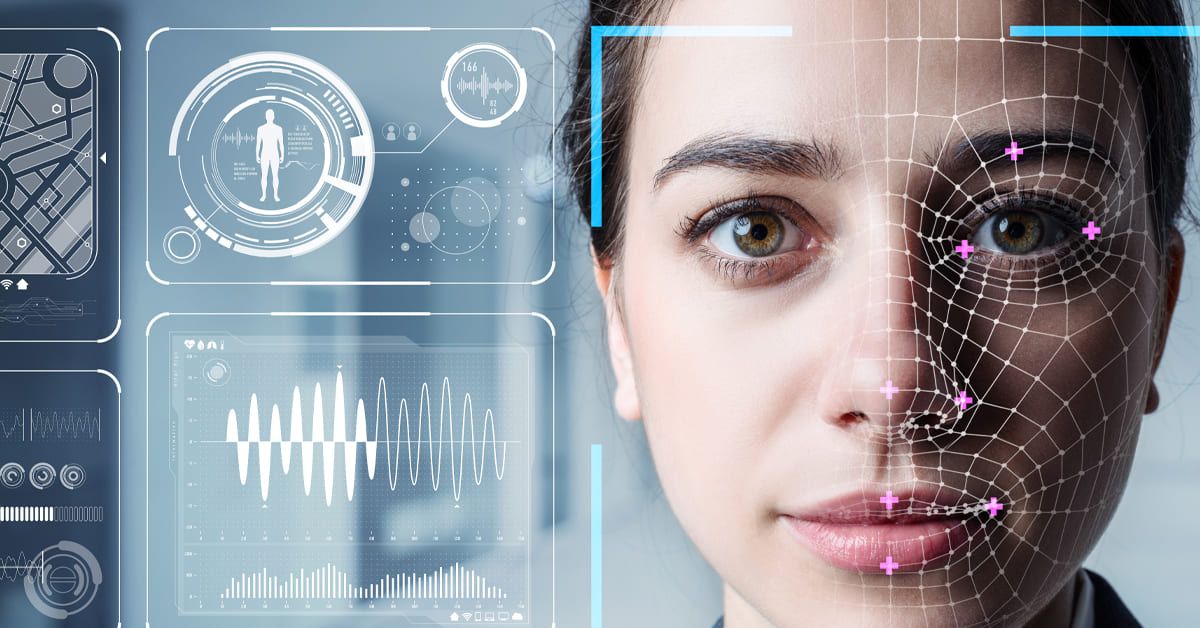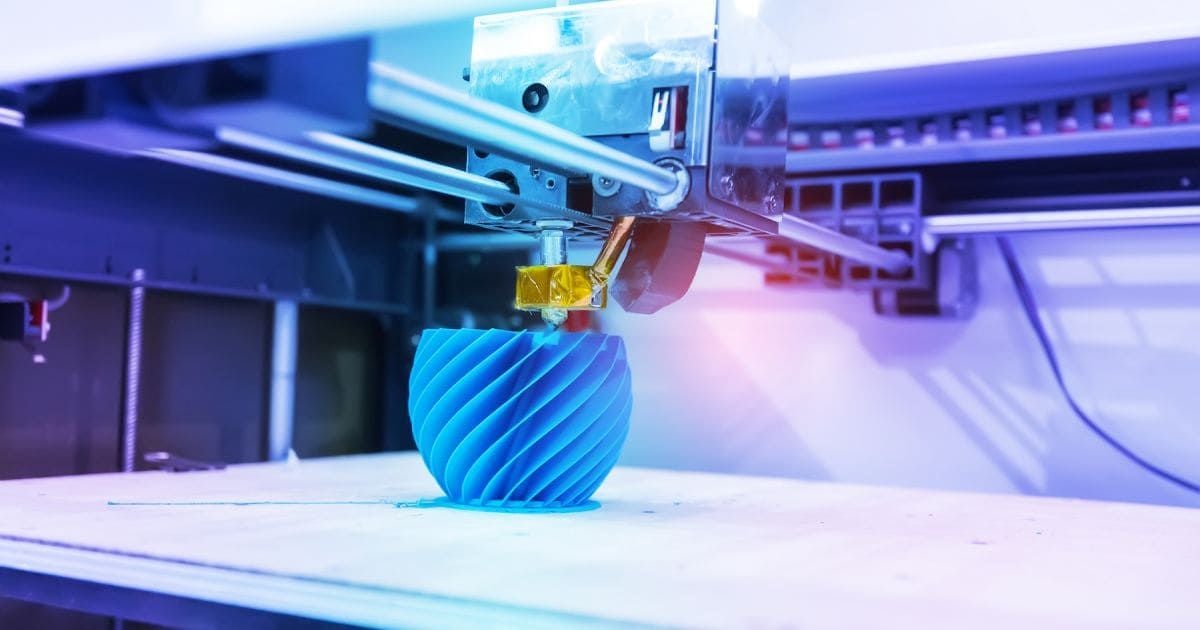Facial Recognition: Navigating the Crossroads of Innovation and Intrusion

The Conveniences Unveiled
Facial recognition, at its core, serves as a pivotal tool in the enhancement of safety and security measures. Airports and border controls are exemplary arenas where this technology has been harnessed to bolster verification processes, minimizing the risk of identity fraud and expediting the screening of travelers. This not only ensures a higher level of security but also enhances the efficiency of operations, curbing long queues and reducing human error in identity verification.
In the realm of personal devices and services, facial recognition technology offers an unparalleled level of convenience. The mundane task of unlocking a smartphone or accessing secure applications has been revolutionized; passwords and pin codes are swiftly becoming relics of the past. This seamless access extends into the customer experience, with businesses leveraging facial recognition for personalized marketing. Retail stores and advertisements can now tailor experiences and content, creating a more engaging interaction with consumers based on their preferences and previous behaviors.
Moreover, the utility of facial recognition in law enforcement and public safety cannot be overstated. Its capacity to swiftly identify individuals from surveillance footage has proven invaluable in criminal investigations, enhancing the capability to track down suspects and missing persons more effectively than ever before.
The Pitfalls Explored
Despite its myriad conveniences, the deployment of facial recognition technology is fraught with ethical and privacy concerns. The most glaring issue resides in the potential for mass surveillance and the erosion of anonymity in public spaces. The ubiquity of CCTV cameras coupled with facial recognition can create a panopticon-like environment where individuals are constantly monitored, raising significant concerns about the right to privacy and the potential for misuse by state or private entities.
The accuracy of facial recognition systems also comes under scrutiny, particularly regarding its performance across different demographics. Studies have highlighted a concerning disparity in the recognition rates between different ethnic groups, genders, and ages, leading to a higher likelihood of misidentification among minority populations. This not only undermines the reliability of the technology but also poses grave implications for discrimination and bias, potentially exacerbating systemic inequalities.
Additionally, the vast databases required to fuel facial recognition systems pose significant security risks. The collection, storage, and processing of biometric data open a Pandora’s box of potential data breaches, with individuals’ most sensitive information at stake. This not only exposes individuals to the risk of identity theft but also raises questions about consent and the ownership of biometric data.
Navigating the Crossroads
The dichotomy of convenience and intrusion embodied by facial recognition technology necessitates a nuanced approach to its adoption and regulation. Transparent policies and robust ethical guidelines are paramount to ensure that its deployment serves the public interest without compromising individual rights. Informed consent, coupled with stringent data protection measures, must be the cornerstone of any application of facial recognition.
Moreover, addressing the biases inherent in facial recognition systems is crucial. Investing in diverse data sets and continuous evaluation of these systems for accuracy and fairness can mitigate the risk of discrimination. Public discourse and involvement in decision-making processes can also foster a more inclusive approach, ensuring that the benefits of facial recognition technology are equitably distributed.
Conclusion
Facial recognition technology stands at the intersection of innovation and privacy, wielding the power to enrich our lives while posing profound ethical challenges. The conveniences it offers in terms of security, efficiency, and personalized experiences are undeniable, yet they must not overshadow the potential for intrusion, bias, and misuse. As we navigate this delicate balance, the focus must remain on harnessing the benefits of facial recognition while vigilantly guarding against its pitfalls. In the pursuit of progress, the protection of individual freedoms and the commitment to fairness must remain paramount, guiding the path forward in the responsible use of this transformative technology.










